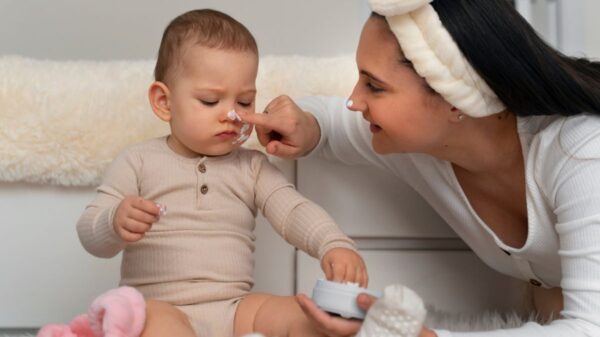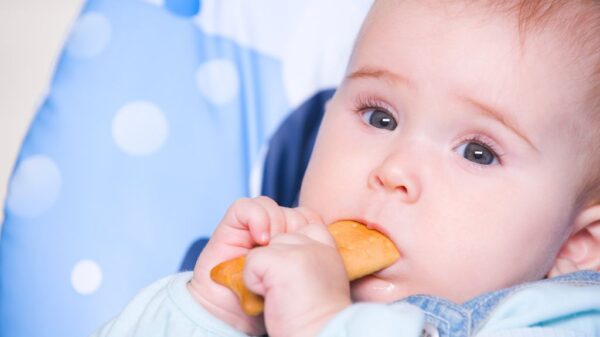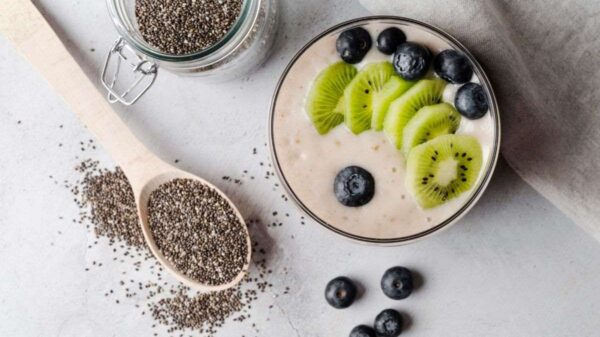Popcorn Popcorn is a beloved snack enjoyed by people of all ages. Its delightful crunch and variety of flavors make it a staple at movie theatres, parties, and even family gatherings. However, when it comes to children, parents often wonder about the appropriate age for introducing PopcornPopcorn into their diet. In this article, we will explore the question, “At What age can kids eat popcorn?” We’ll delve into the potential risks, benefits, and guidelines to ensure your child’s safety and enjoyment.
The Safety Concerns of Popcorn for Kids
Choking Hazard
Popcorn poses a significant choking hazard for young children, especially those under 4. The kernels’ small size and hard texture can quickly become lodged in a child’s throat, leading to a choking emergency. This risk decreases as children grow and develop better chewing and swallowing skills.
Digestive System Development
Another consideration is the development of a child’s digestive system. Young children have delicate digestive systems that may be unable to handle the tough outer layers of popcorn kernels. Incomplete digestion could lead to discomfort or even mild digestive issues.
When Can Kids Start Eating Popcorn?
Age and Developmental Milestones
Most pediatricians recommend introducing PopcornPopcorn to children around 4, but individual readiness may vary. By this age, many children have developed better chewing and swallowing coordination, reducing the risk of choking. It’s essential to consult your child’s pediatrician before introducing PopcornPopcorn.
Supervision and Monitoring
Close supervision while eating PopcornPopcorn is crucial, even if your child is past 4. Please encourage your child to chew thoroughly and remind them not to rush while eating. Always have a responsible adult present to intervene if any choking occurs.
Tips for Introducing Popcorn to Kids
Choosing the Right Type of Popcorn
Opt for plain, air-popped PopcornPopcorn without any added flavors or toppings. This minimizes the risk of introducing additional allergens or unnecessary additives to your child’s diet.
Preparing Popcorn Safely
Get ready, Popcorn. To limit the chance of unpopped parts, utilize a hot air popper or burner technique instead of microwave popcorn sacks, which can leave behind unpopped bits.
Serving Size and Texture
Offer small, bite-sized portions to reduce the risk of choking. Also, avoid Popcorn with hard, sharp edges that could scratch a child’s throat.
Benefits of Popcorn for Kids
Whole Grain Content
Popcorn is a whole grain that provides essential nutrients like fiber, vitamins, and minerals. When prepared and consumed appropriately, it can contribute to a balanced diet.
Fiber and Digestive Health
The high fiber content in PopcornPopcorn supports healthy digestion and can help prevent constipation. However, ensure your child drinks plenty of water alongside PopcornPopcorn to aid digestion.
Antioxidants
Popcorn contains polyphenols, which are cancer-prevention agents with potential medical advantages. Cell reinforcements are vital in safeguarding cells from harm caused by free extremists.
Alternatives to Traditional Popcorn
Puffed Grains
Consider alternatives like puffed whole grains, which are specifically manufactured for young children and designed to be easier for them to chew and swallow.
Popcorn-like Snacks
Several snacks mimic the texture and taste of PopcornPopcorn while being safer for young children. Look for products made from grains like puffed rice or puffed quinoa.
Promoting Healthy Snacking Habits
Balanced Diet
While PopcornPopcorn can be a tomfoolery and nutritious bite, it should contrast with balanced dinners. Kindly urge your youngster to eat different food varieties to guarantee they get every one of the essential supplements.
Portion Control
Teach your child about portion sizes to prevent overindulgence. A small serving of PopcornPopcorn as a snack is appropriate but should not replace meals.
Common Concerns and Misconceptions
Unpopped Kernels
Explain to your child that unpopped kernels can be hard on their teeth. Teach them to be cautious while eating and to spit out any unpopped kernels they might accidentally bite into.
Flavorings and Additives
Avoid heavily flavored or sweetened PopcornPopcorn, as these additions can contribute to an unhealthy diet. Opt for natural seasonings like a sprinkle of cinnamon or a light dusting of grated cheese.
Monitoring Your Child’s Popcorn Consumption
Allergies and Sensitivities
Be mindful of potential allergies or sensitivities your child may have. If you experience any adverse effects after eating PopcornPopcorn, seek advice from a qualified medical expert.
Reaction Observation
After your child eats PopcornPopcorn for the first time, observe for any signs of discomfort, allergic reactions, or digestive issues. If everything goes well, you can gradually incorporate PopcornPopcorn into their diet.
Conclusion
In conclusion, introducing PopcornPopcorn to kids requires careful consideration and preparation. By waiting until age four and following safety guidelines, you can offer your child a tasty and nutritious snack. Remember to prioritize supervision, portion control, and age-appropriate options to ensure a positive popcorn experience for your little ones. When considering “What Age Can Kids Eat Popcorn,” it’s essential to prioritize safety and adhere to these guidelines for a positive and enjoyable snacking experience.
Frequently Asked Questions (FAQs)
It’s generally recommended to wait until a child is around four years old before introducing PopcornPopcorn due to choking hazards.
Yes, consider puffed grains or popcorn-like snacks designed to be safer for young children.
When prepared and consumed properly, PopcornPopcorn can be a nutritious snack with fiber and antioxidants.
It’s best to use natural seasonings like cinnamon or a light sprinkle of grated cheese to avoid excessive additives.
Always supervise your child while they eat PopcornPopcorn, encourage thorough chewing, and provide bite-sized portions to minimize choking risks.











